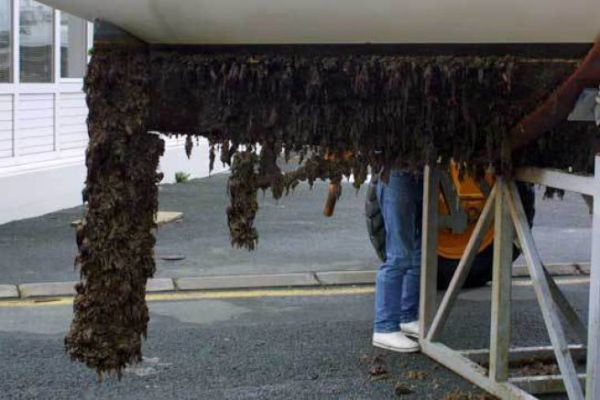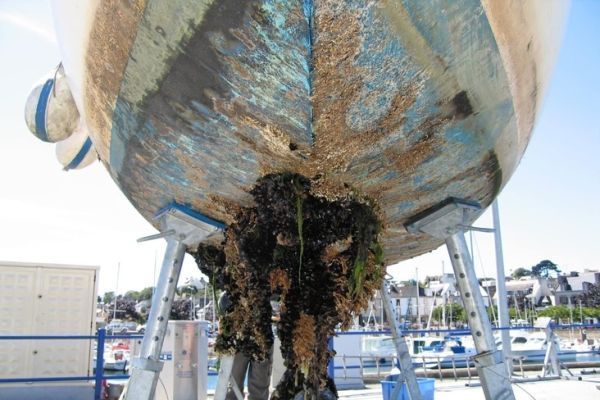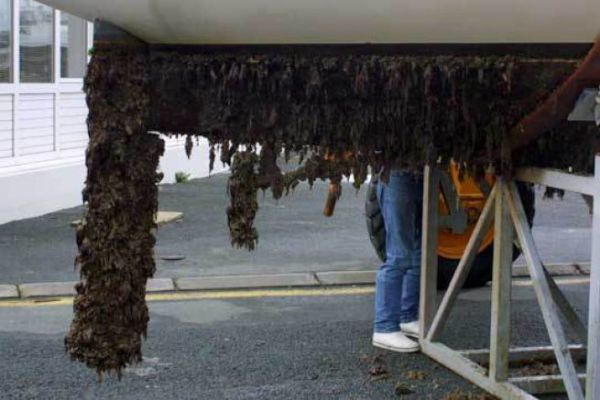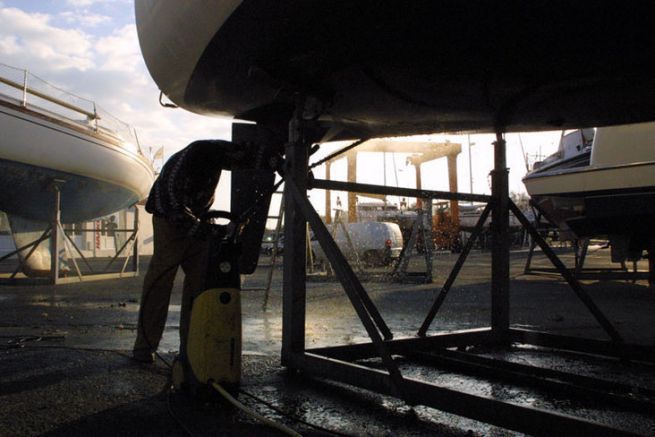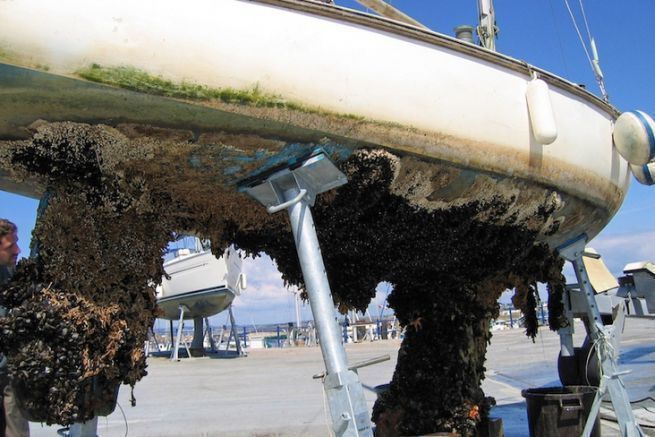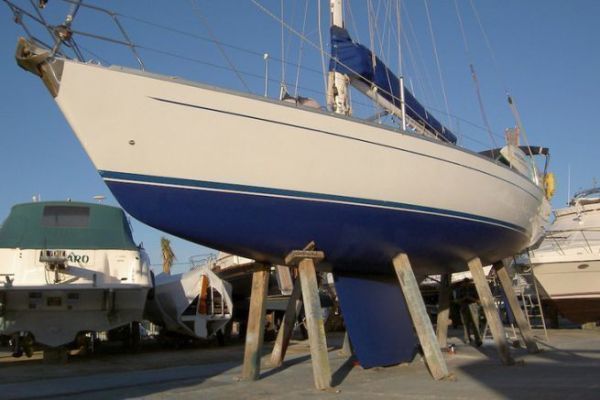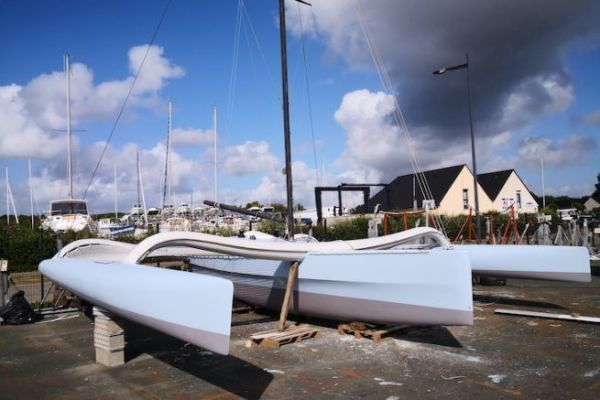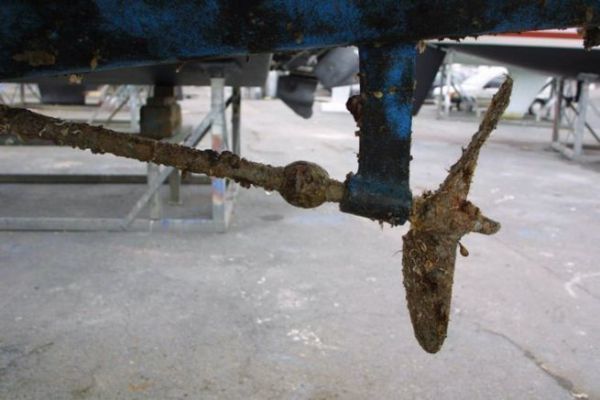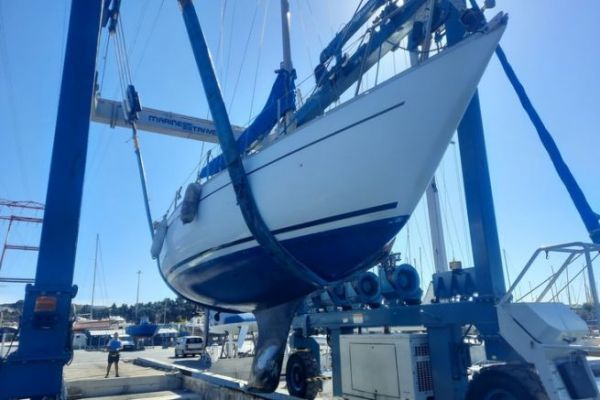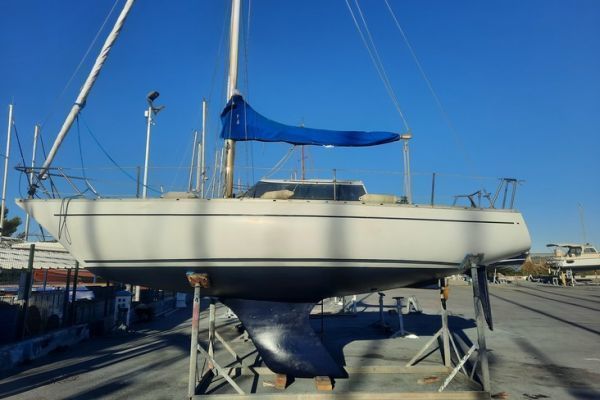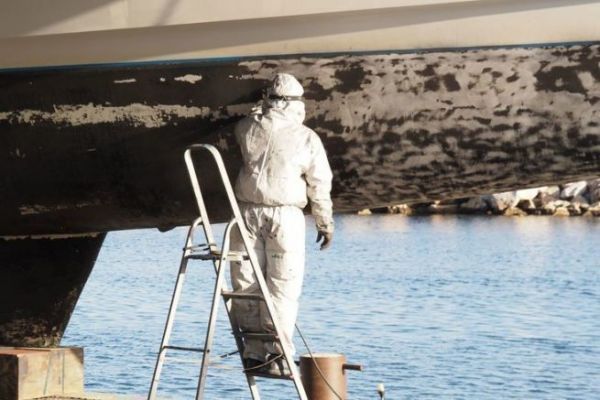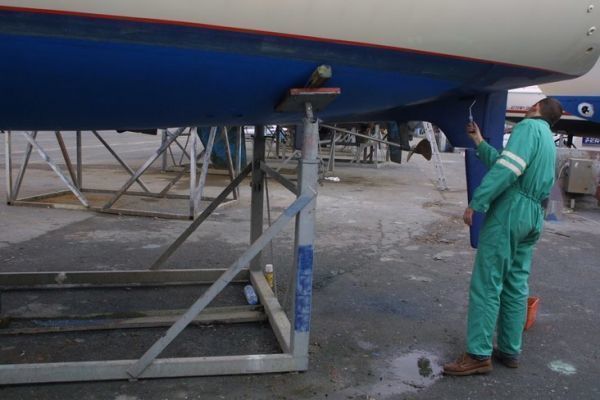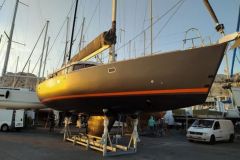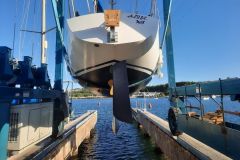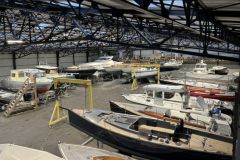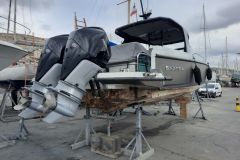To understand what happens under our hulls and to explain it to you, we called on Marion Loriot, a doctor in material sciences and head of ImmersionProTech, specialized in antifouling issues.
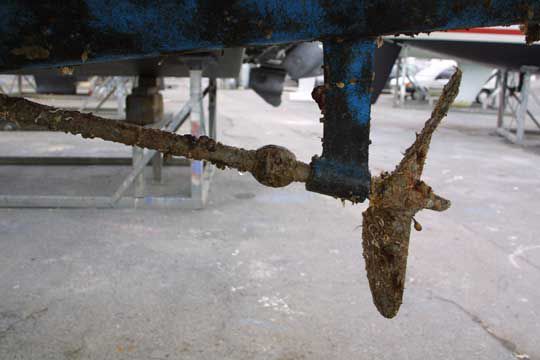
The fouling formation cycle
The "fouling" is the natural phenomenon that when a body is immersed in sea water, it is quickly colonized by dirt. To counter this phenomenon on boat hulls, we apply âeuros among other solutions - an antifouling paint.
The colonization underneath our hulls can be described as a kind of biological cycle, we speak of biosmut.
In a few seconds
As soon as you immerse a surface in sea water, organic particles naturally adhere to it. These are non-living particles.
In a few minutes
The adhesion of the particles prepares the surface for the adhesion of bacteria. These are the first living organisms that colonize the shell.
In a few hours
The bacteria create a kind of colony, a community, which grows rapidly.
In a few days
Microalgae arrive and settle on the hull, feeding on the bacteria. Depending on the nature of the algae and their color, a colored film appears on the shell. This is what we call the fatty film.
In about 2 months
We witness the arrival of larger algae (macroalgae) that become visible to the naked eye. This is still what we call a "non-encrusting" layer. This means that these algae can be removed with a simple brushing, without forcing or needing to insist with a high pressure cleaner.
After more than 2 months
The "superior" organisms make their appearance. They are species that are called "encrusting species", that is to say that fix themselves by damaging the surface. They are for example shells, barnacles, calcareous algae... A high pressure cleaner is necessary to remove them.
Demonstration in pictures of the fouling formation cycle
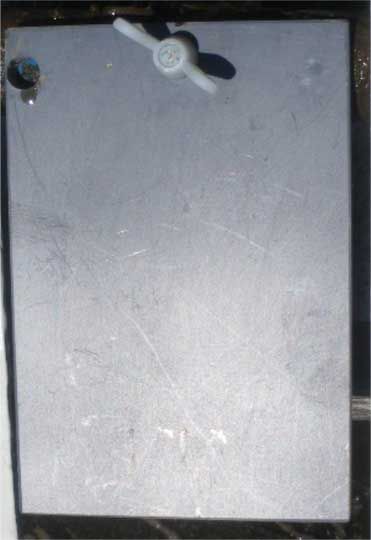
This uncoated PVC test surface will serve as a test piece.
The immersion was carried out between May and September.
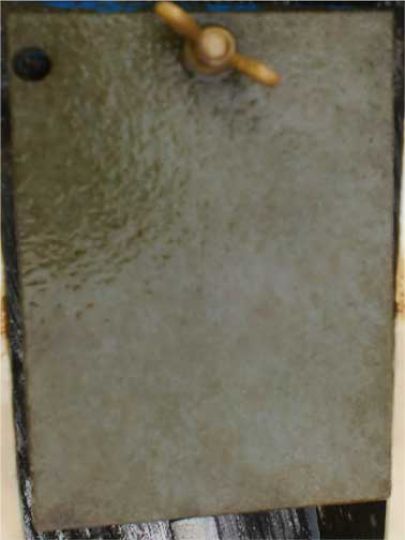
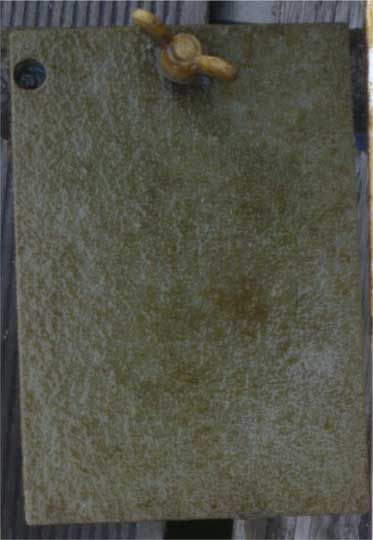
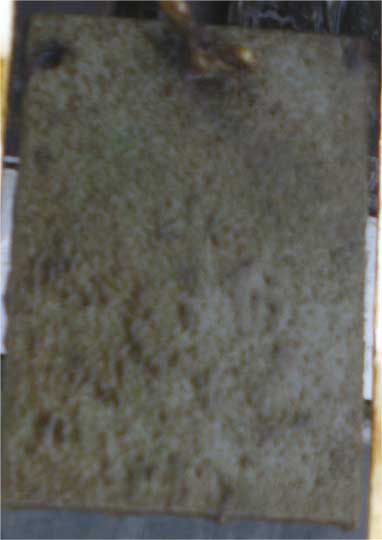
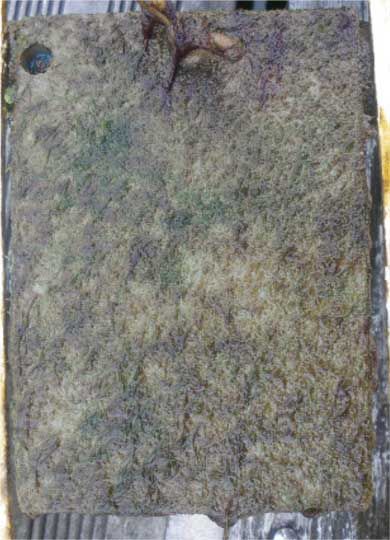
The plate was cleaned with abrasive at this time
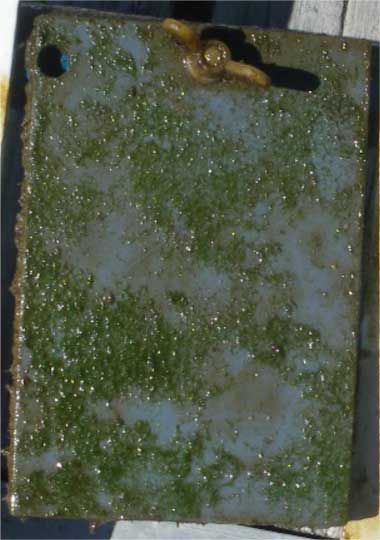
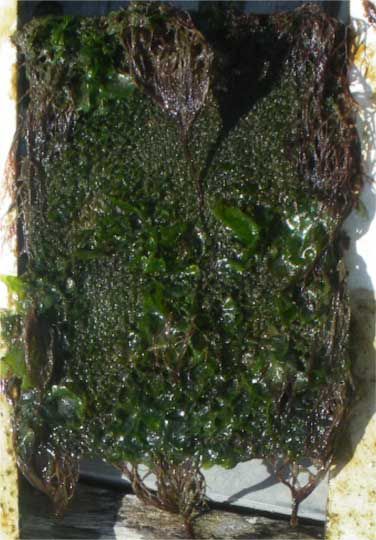
How does an antifouling work?
To avoid the colonization of our hulls, we must break the biological cycle. To do this, we can use antifouling paints that are loaded with biocides. Manufacturers use broad spectrum biocides. To be effective and fight all invaders, several types of biocides are needed:
- bactericides
- algicides (or herbicides)
- fungicides
Acknowledgements: We thank ImmersionProTech for the materials provided with which to illustrate this topic.

 /
/ 